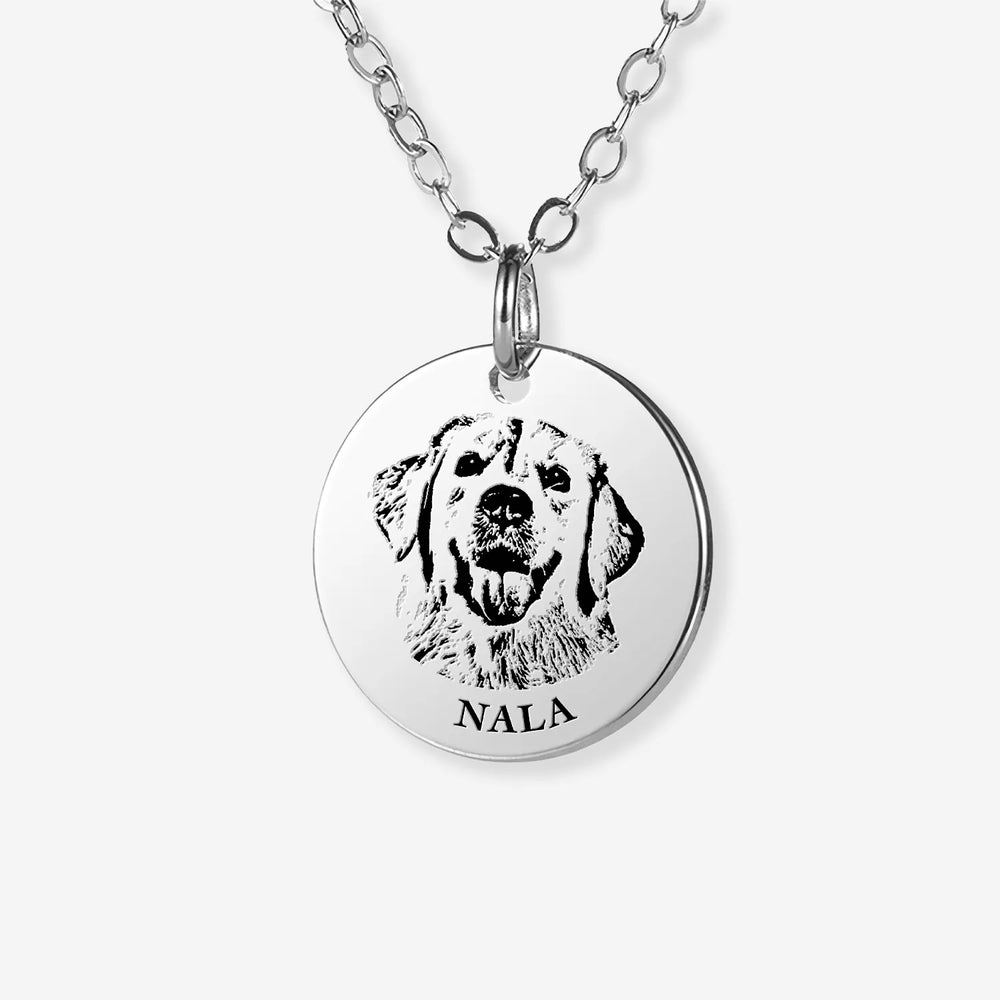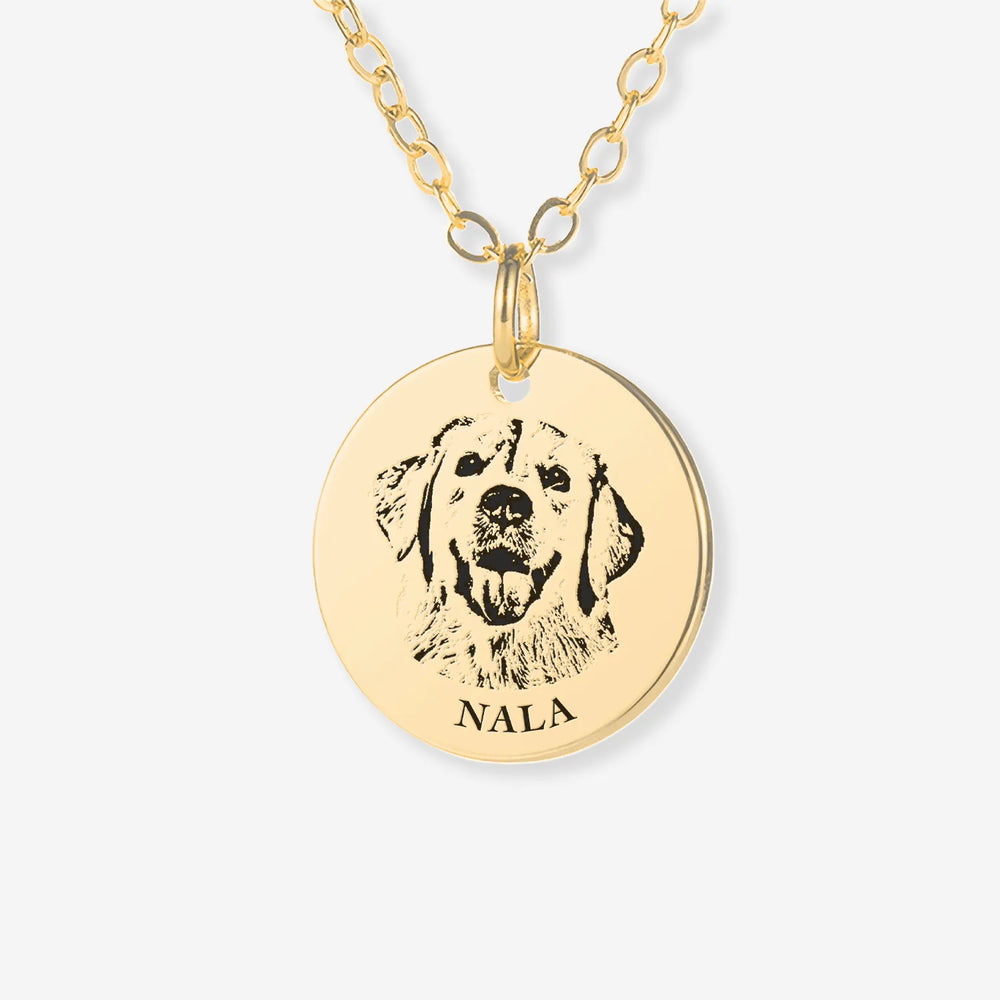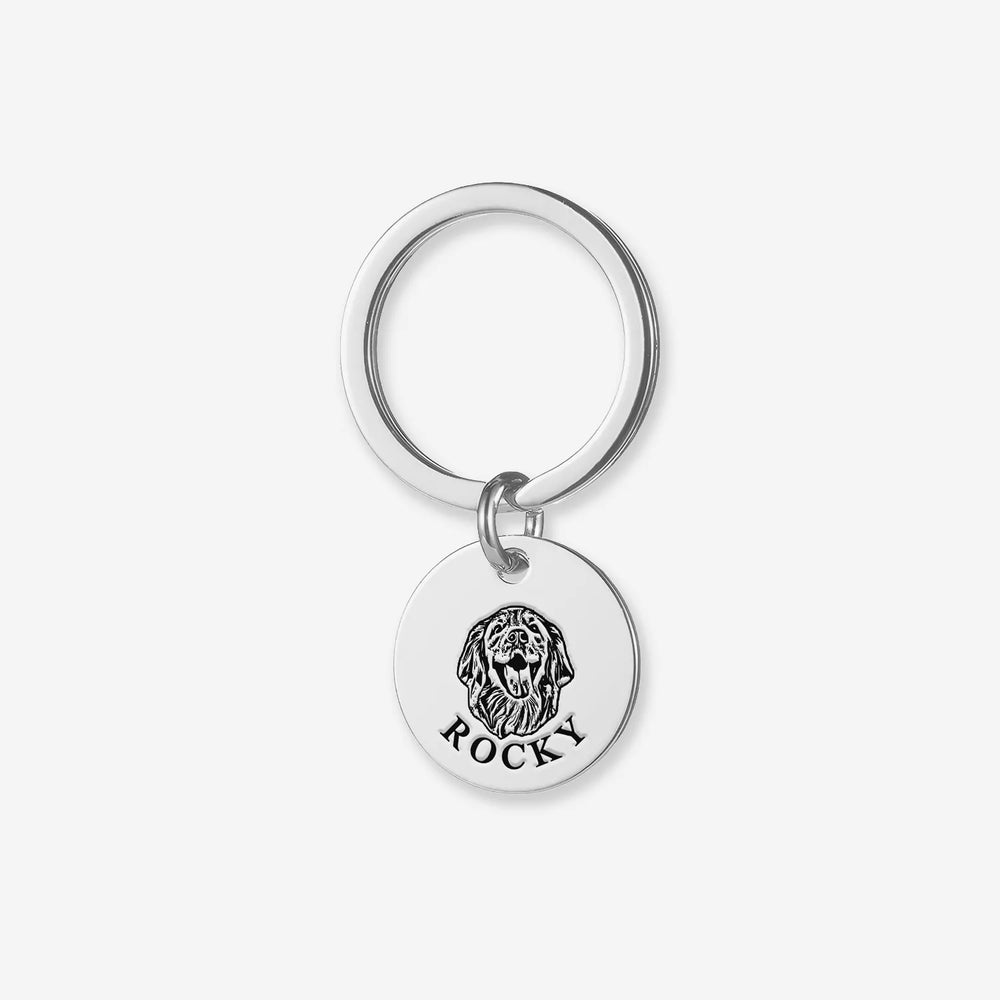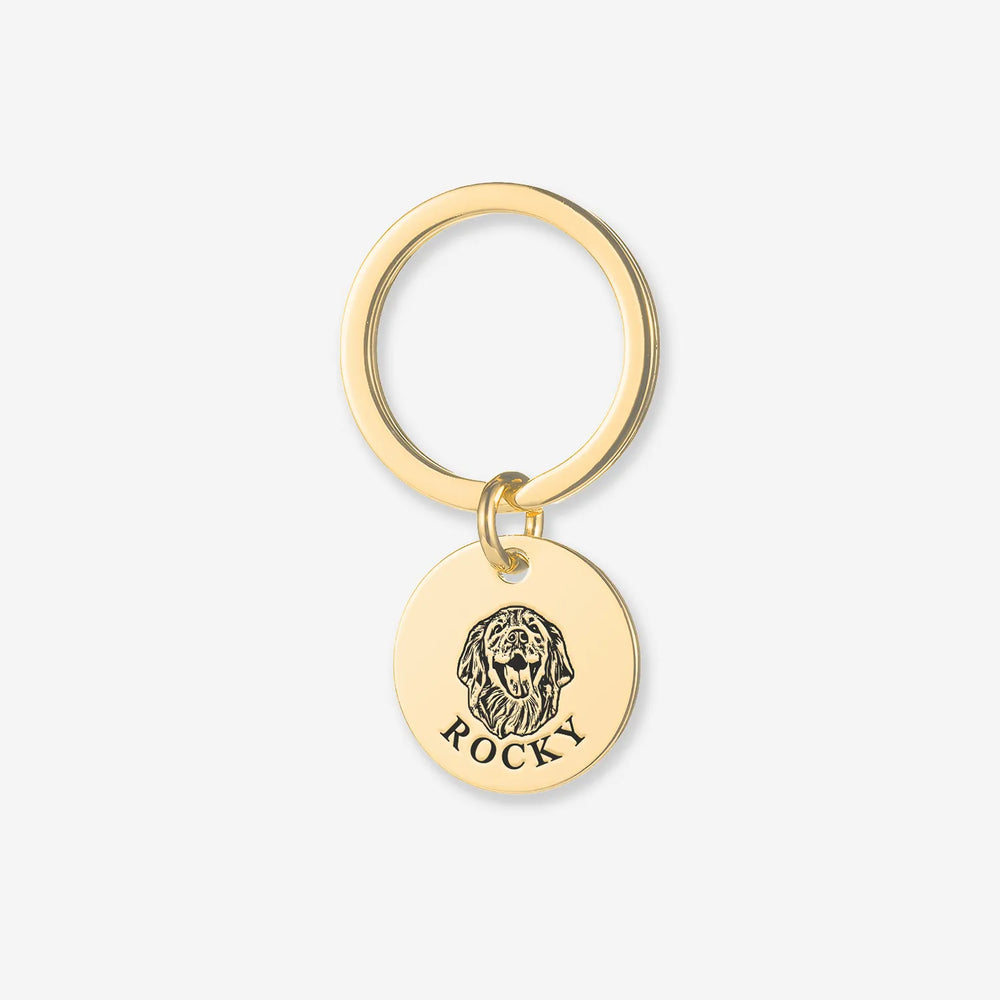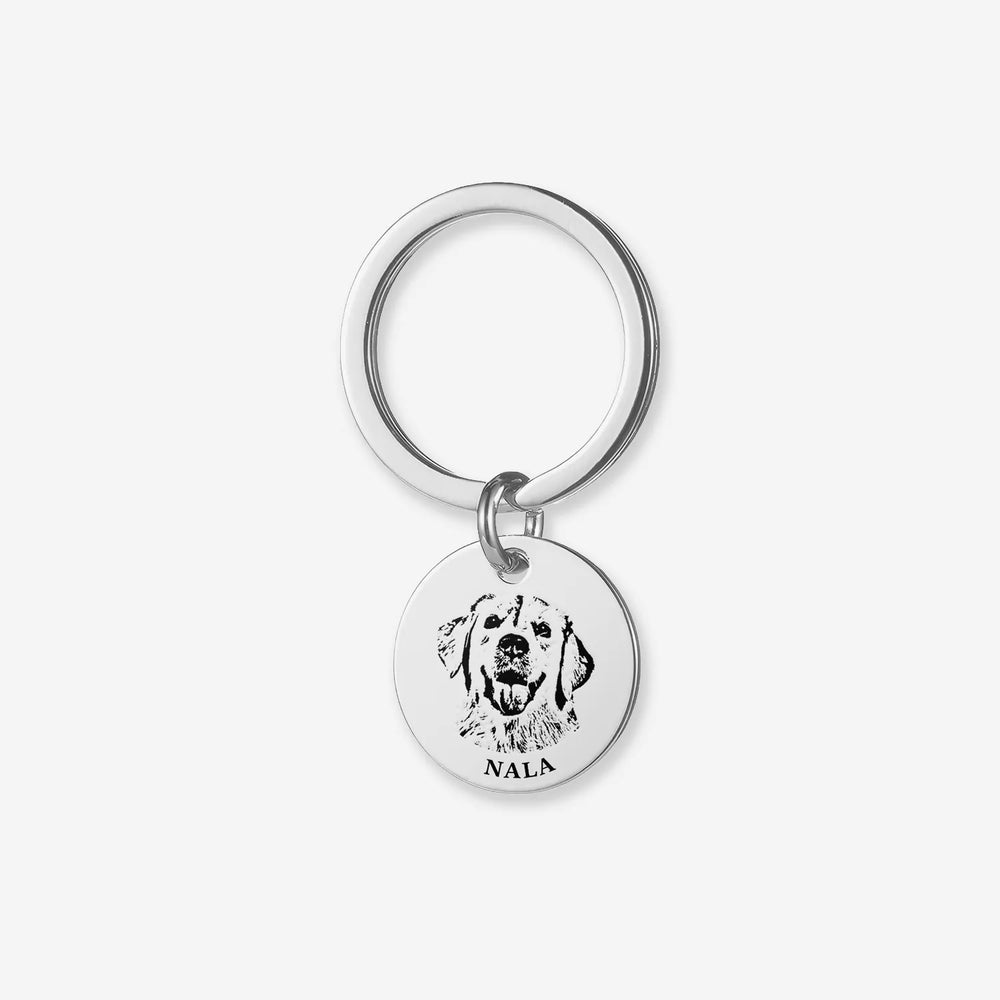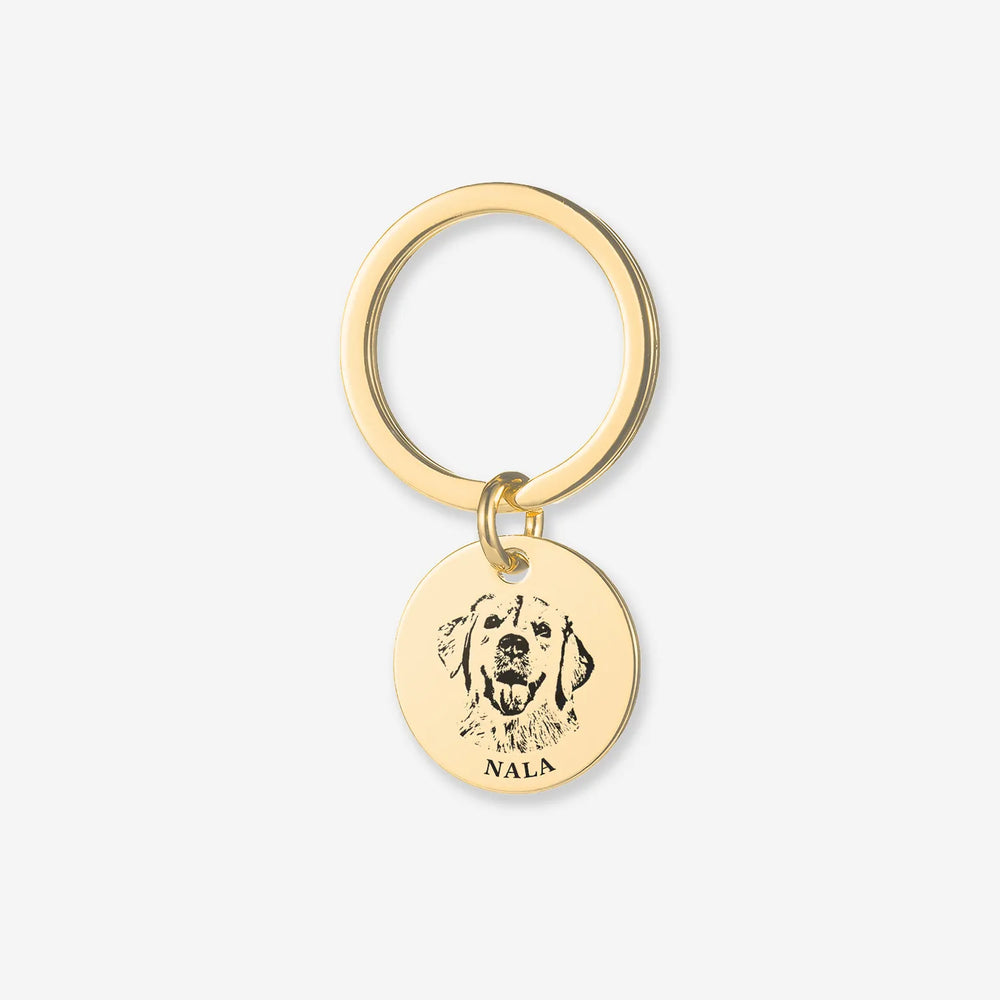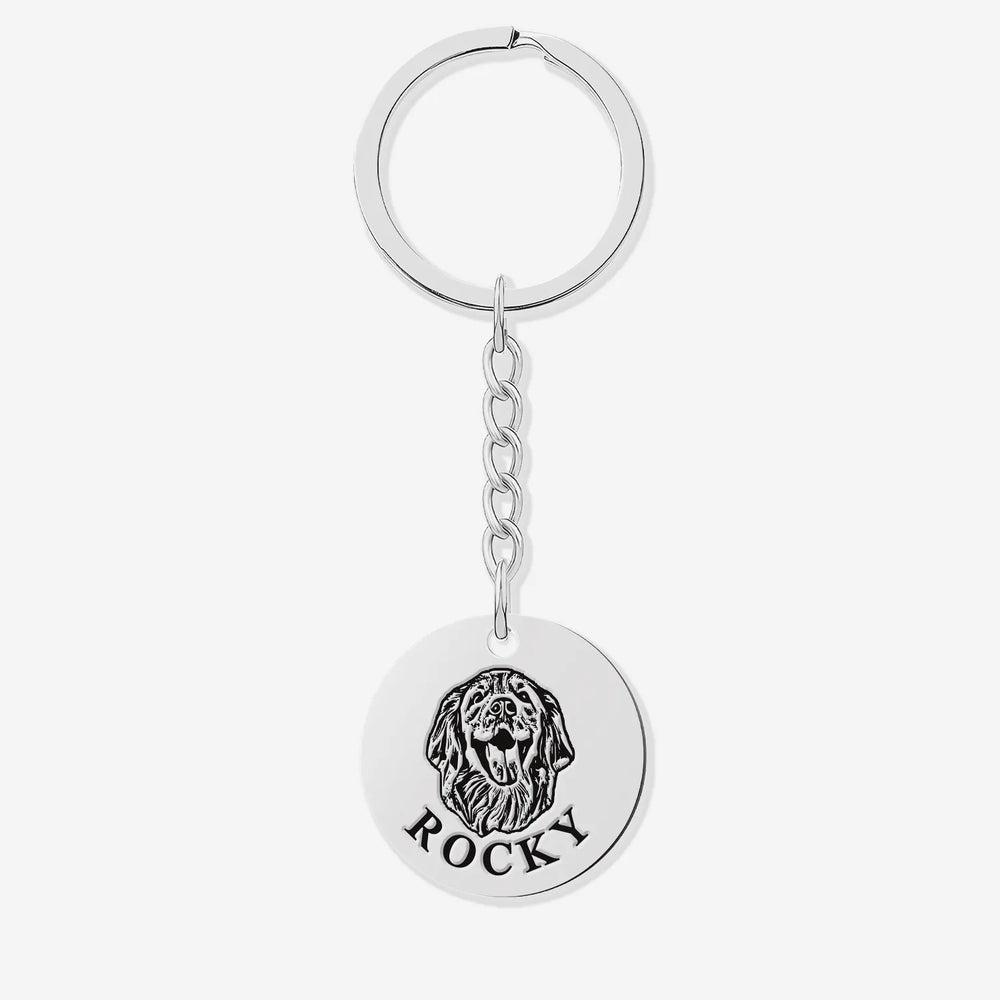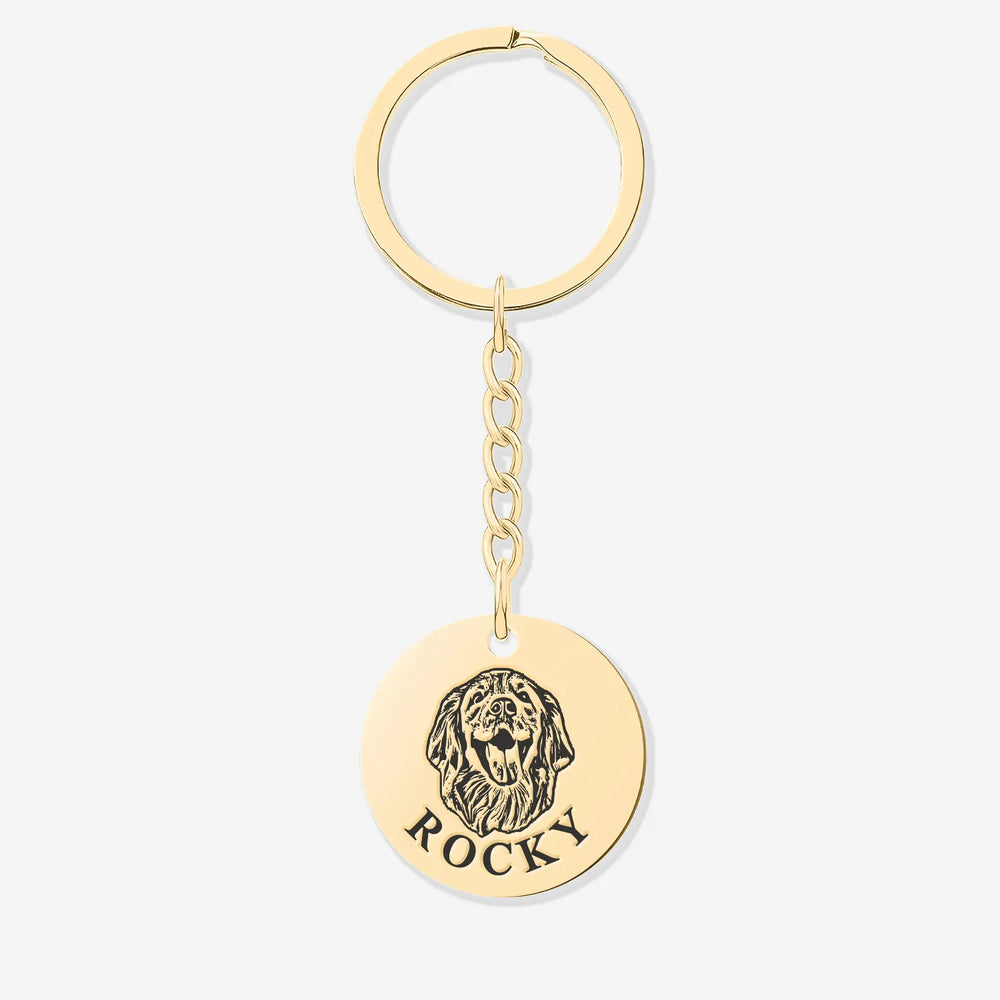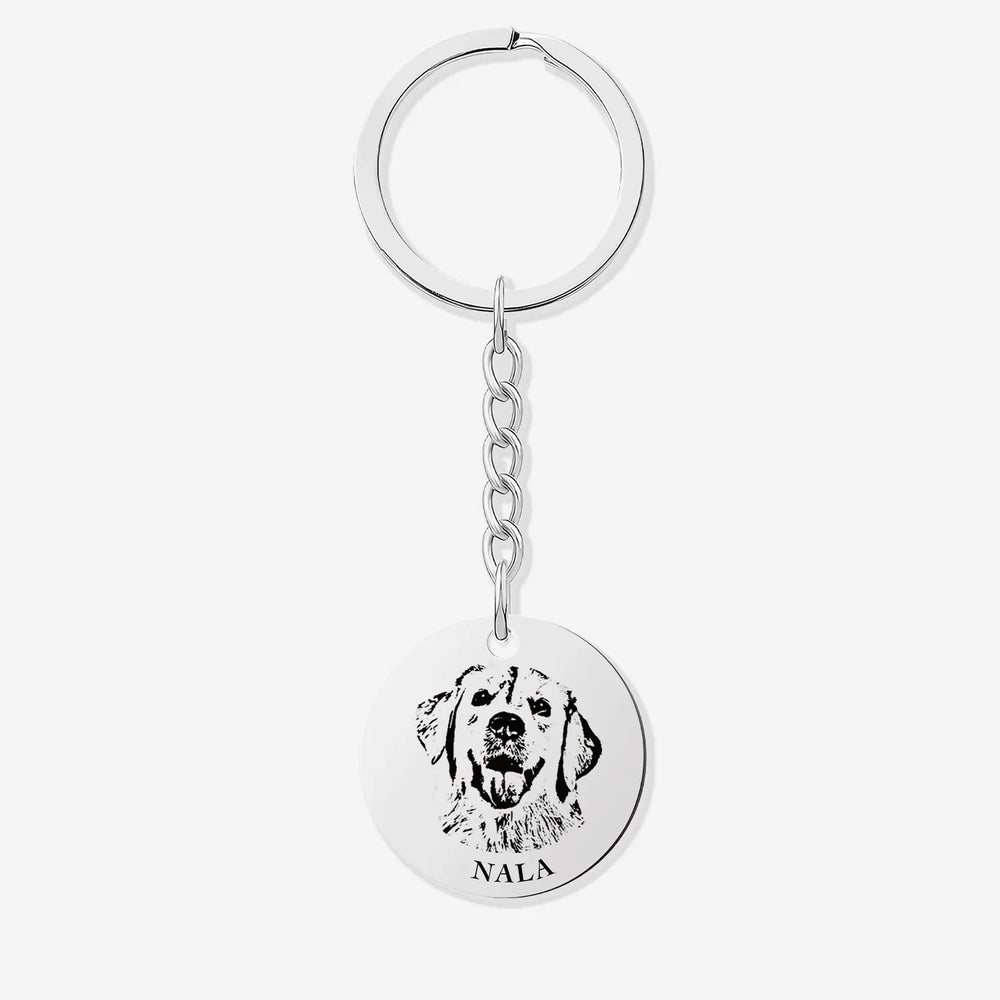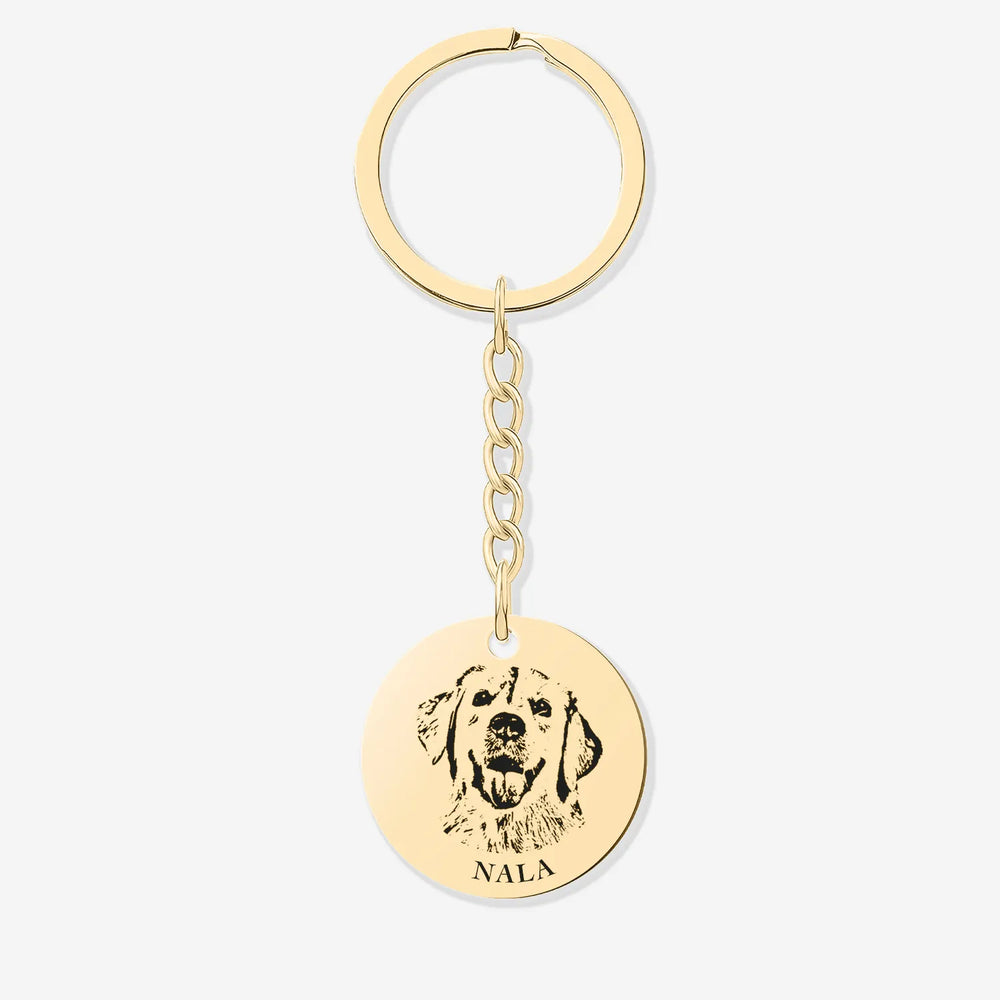Buy One, Get One FREE
10 Common Diseases in Cats and Treatment Recommendations

When discussing the crucial topic of cat health,scientific data provides us with an undeniable solid foundation.According to an extensive survey conducted by Banfield Pet Hospital,over 60% of adult cats will experience at least one oral health issue,such as tartar and oral inflammation,at some point in their lives.If these issues are not promptly and effectively treated,they can lead to difficulty eating,weight loss,and potentially more severe systemic diseases.This data not only reveals the critical role of oral health in a cat's overall well-being but also emphasizes the importance of early intervention and timely treatment.

High-Mortality Diseases in Cats
Feline Infectious Peritonitis
Research on Feline Infectious Peritonitis(FIP)is particularly alarming.Although specific statistics may vary by region and research methodology,it is widely accepted within the industry that FIP is a high-mortality disease,with a mortality rate exceeding 90%if left untreated.This data highlights the critical importance of timely identification,isolation,and effective treatment measures to prevent the spread of FIP among cat populations and to save individual lives.
Feline Panleukopenia
Additionally,Feline Panleukopenia(FPV),another severe and life-threatening disease for cats,is characterized by high contagion and rapid deterioration.Despite the lack of specific global unified data,multiple studies indicate that outbreaks of FPV are often accompanied by high morbidity and mortality rates,particularly in unvaccinated or immunocompromised cats.Therefore,strengthening vaccination,maintaining environmental hygiene,and seeking timely medical attention are key strategies for preventing and controlling FPV.
The Importance of Cat Health
Cat health issues should not be ignored,and scientific data provides compelling evidence to support this view.By paying attention to a cat’s daily health status,conducting regular health check-ups,and taking necessary preventive measures and timely treatments,we can effectively reduce the risk of disease and improve their quality of life.In the following article,we will share 10 common diseases in cats that we must not overlook in daily life.
10 Common Diseases in Cats

1.Lower Urinary Tract Infection
Lower urinary tract disease can quickly become a life-threatening condition for cats,especially if blockages caused by crystals,stones,or obstructions are not treated within 72 hours.
Common signs of lower urinary tract infection include refusing to use the litter box,straining to urinate with little to no urine output,excessive cleaning of the genital area,or blood in the urine.If you observe any of these symptoms and notice your cat is having difficulty urinating,it’s critical to seek veterinary care immediately.
2.Upper Respiratory Infection
Upper respiratory infections are among the most common infectious diseases in cats.Symptoms include nasal discharge,eye discharge,sneezing,coughing,and fever(similar to human cold symptoms but do not use human cold medicine).The two primary forms of the virus are feline herpesvirus and calicivirus.Common treatments include nasal drops,eye ointments,and antibacterial medications.
3.Cancer
Lymphoma,a cancer of the lymphatic system related to feline leukemia virus,is one of the most common feline cancers.It can affect the intestines or the chest.Squamous cell carcinoma,more prevalent in white cats,is another common type.Signs of lymphoma include unexplained lumps,swelling,persistent skin infections,lethargy,weight loss,sudden lameness,diarrhea or vomiting,abnormal breathing difficulty,and inappropriate elimination.
Depending on the type and progression of cancer,various treatments are available:chemotherapy,surgical removal,radiation therapy,and immunotherapy.If your cat is diagnosed with cancer,consult with a veterinary oncology specialist for the best treatment plan.
4.Heartworm
Although heartworm primarily affects dogs,cats can also be infected.Infected cats may show few symptoms,or they may experience coughing,difficulty breathing,and vomiting.There is currently no effective medication for cats,but many healthy cats can overcome heartworm through their immune systems.
In severe cases,veterinarians may use medication to reduce inflammation or perform surgery to remove the heartworms,though surgery carries significant risk.The best prevention is vaccination.
5.Fleas and Skin Allergies
If your cat is constantly scratching,losing hair,or developing bald spots,check for black specks in the fur.If the black specks turn red when wet,your cat likely has fleas.
Regular use of flea treatments can resolve this issue.However,avoid using dog flea medication on cats,as some ingredients can be fatal to them.
6.Kidney Disease
Kidney disease impairs a cat’s ability to excrete waste through urine,leading to toxin buildup.Causes include high blood pressure,poisoning,infection,kidney stones,or cancer.Aging is also a factor,making kidney disease common in older cats.
Symptoms include reduced appetite,sudden weight loss,vomiting,diarrhea,and lethargy.Some cats may show no obvious symptoms.Treatment varies depending on the cause,and severe cases may require dialysis or a kidney transplant.
7.Periodontal Disease
Teeth are crucial for cats.If you notice difficulty eating,bad breath,changes in chewing habits(previously chewing,now only swallowing),it’s time to pay attention to their oral health.
Bad breath often indicates digestive or gum issues.Red,swollen gums,mouth ulcers,uncontrollable drooling,or frequent pawing at the mouth could signal periodontal disease.Consult a veterinarian promptly if these symptoms appear.Regular tooth brushing,dental treats,and toys can prevent periodontal disease.
8.Fractures
The myth that"cats have nine lives"misleads people to believe cats can jump from heights without harm.Cats are more fragile than we think,especially when falling from low heights where they can’t adjust their landing,increasing the risk of fractures.If your cat suddenly limps,stays inactive,or has fallen from a height,seek emergency care immediately.Early treatment increases the chances of a full recovery.
9.Inflammatory Bowel Disease
Cats with inflammatory bowel disease often vomit or have diarrhea,usually due to ingesting something inappropriate,dietary changes,allergies,or eating too quickly.Temporary vomiting or diarrhea may not be a concern,but persistent symptoms,especially with blood in urine or stool,require emergency care.
10.Obesity
Obesity is a major health risk for house cats,leading to conditions such as arthritis,diabetes,and liver disease.If you can no longer easily feel your cat's ribs,they may be obese.Consider a weight loss plan,reduce food intake post-neutering(since daily caloric needs drop by about 30%),and increase their physical activity.
Preventive Measures for Common Cat Diseases

Diet and Nutrition Management
- Balanced Diet:Choose high-quality,nutritionally balanced cat food,avoiding excessive treats and human food to prevent obesity and digestive issues.
- Adequate Water Supply:Provide fresh,clean drinking water to encourage hydration,helping prevent kidney and urinary problems.
Vaccinations and Parasite Control
- Regular Vaccinations:Ensure your cat receives all necessary vaccines,such as the feline triple vaccine,to prevent serious diseases like FPV and FHV.
- Parasite Control:Regularly use medications to control fleas,ticks,and other parasites,maintaining both internal and external parasite control.
Environmental Hygiene and Safety
- Clean Environment:Regularly clean your cat’s living area,including bedding,toys,food and water bowls,to reduce bacteria and allergens.
- Safe Setup:Ensure the cat's activity area is safe,preventing falls,electric shocks,and providing safe toys and exercise spaces.
Regular Health Checks
- Oral Examinations:Regularly take your cat to the vet for dental check-ups to prevent tartar buildup and oral inflammation.
- Comprehensive Check-ups:Take your cat for a comprehensive check-up at least once a year to detect and address potential health issues early.
Treatment Recommendations for Common Cat Diseases
Immediate Veterinary Care
If you notice any abnormal symptoms in your cat,such as loss of appetite,vomiting,diarrhea,or difficulty breathing,seek veterinary care immediately.
Follow the vet’s diagnosis and treatment plan,administering medication or other treatments as prescribed.
Targeted Treatment
- Infectious Diseases:For diseases like FPV and FHV,use antiviral and antibiotic medications,along with nutritional support.
- Injuries and Fractures:For injuries and fractures,perform wound cleaning,bleeding control,immobilization,and surgery if necessary.
- Skin Diseases and Parasite Infections:Use topical or oral medications to treat skin diseases and parasite infections,keeping the cat's skin clean and dry.
Recovery Care
During treatment and recovery,provide extra care and companionship to help reduce the cat's stress and anxiety.
Follow the vet’s advice for appropriate recovery care,such as physical therapy and rehabilitation exercises,to promote a speedy recovery.




